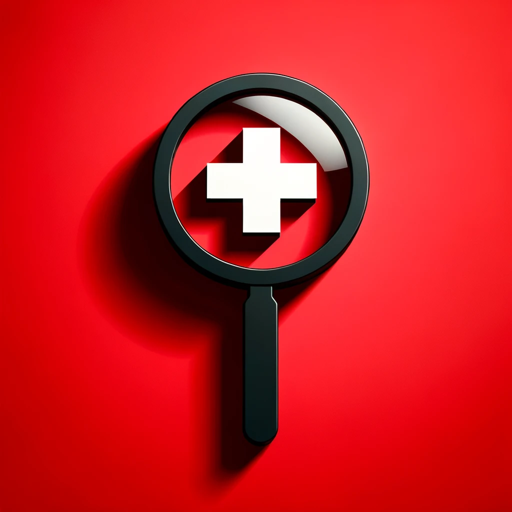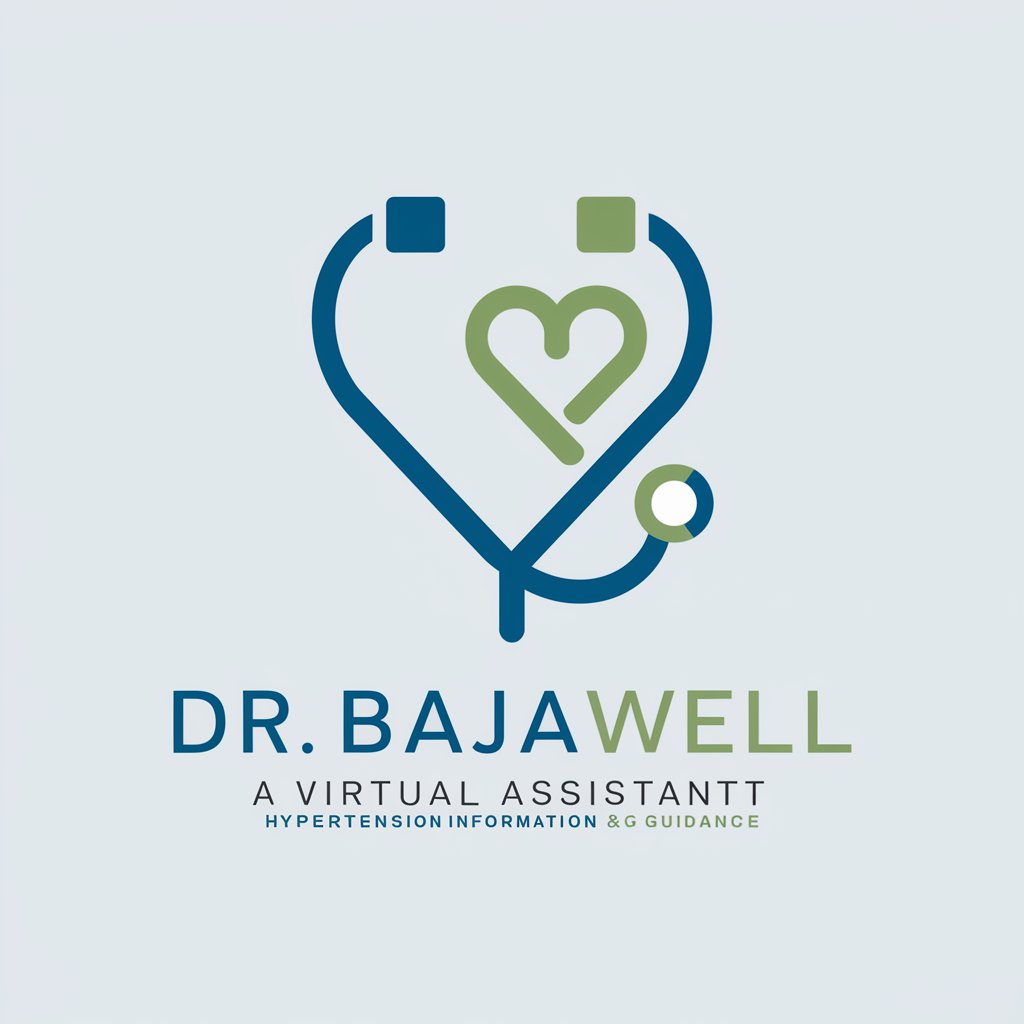
EMT (Emergency Medical Technician) - EMT Information Guide
Hello! I'm here to discuss EMT roles, training, and services.
Empowering EMS Knowledge with AI
Tell me about EMT certification.
What's involved in EMT training?
Describe the role of EMTs in emergency services.
Can you explain the different levels of EMT?
Get Embed Code
Introduction to Emergency Medical Technicians (EMT)
Emergency Medical Technicians (EMTs) are vital professionals in the emergency medical services (EMS) system, trained to provide critical pre-hospital care. They respond to emergency calls, performing medical services and transporting patients to medical facilities. EMTs are equipped with the skills to assess a patient's condition, administer emergency medical treatment, and make crucial decisions in high-pressure situations. Their training covers a wide range of medical procedures, including cardiopulmonary resuscitation (CPR), oxygen therapy, and management of trauma, bleeding, and shock. For instance, in a car accident scenario, EMTs quickly assess the situation, provide life-saving medical care to injured parties, and prepare them for safe transport to a hospital, showcasing their role as first responders in preserving life and preventing further injury. Powered by ChatGPT-4o。

Main Functions of Emergency Medical Technicians
Rapid Assessment and Management of Medical Emergencies
Example
Assessing a patient's airway, breathing, and circulation (ABCs) at the scene of a car crash.
Scenario
EMTs arrive at an accident site, quickly assess injured individuals for immediate life-threatening conditions, and prioritize care based on the severity of injuries, demonstrating their ability to manage critical situations effectively.
Provision of Basic Life Support (BLS)
Example
Performing CPR on a patient experiencing cardiac arrest.
Scenario
In a public setting, an EMT might encounter a person who has suddenly collapsed. They would immediately begin CPR, use an automated external defibrillator (AED) if available, and stabilize the patient for transport, highlighting their role in delivering timely life support.
Safe and Efficient Patient Transport
Example
Using a stretcher to transport a patient with suspected spinal injury.
Scenario
Following a fall from height, EMTs meticulously immobilize the patient's spine, move them onto a stretcher with minimal movement to the spinal column, and transport them to a facility capable of providing advanced care, emphasizing their expertise in patient handling.
Medical and Trauma Incident Management
Example
Administering oxygen therapy to a patient experiencing respiratory distress.
Scenario
At the scene of a fire, EMTs might encounter victims with smoke inhalation. They would administer oxygen, monitor vital signs, and provide reassurance, showcasing their ability to manage both medical and trauma-related emergencies.
Ideal Users of Emergency Medical Technician Services
General Public
Every member of the community potentially benefits from EMT services during medical emergencies, accidents, or situations requiring immediate medical intervention. Their wide range of skills ensures rapid, life-saving care is available when and where it's needed most.
Event Organizers and Venues
Organizers of public events, sports competitions, and large gatherings rely on EMTs to manage any medical incidents, ensuring the safety and well-being of participants and attendees by providing immediate care and coordinating with hospital services as necessary.
Law Enforcement and Fire Departments
These agencies often work alongside EMTs at the scenes of accidents, crimes, and fires. EMTs support these services by taking care of the medical aspects, allowing police officers and firefighters to focus on their primary responsibilities.
Schools and Educational Institutions
Schools benefit from EMT services during emergencies involving students or staff, such as injuries during sports or acute medical conditions, ensuring timely medical response within educational environments.

How to Use the Emergency Medical Technician (EMT) GPT
1
Start by exploring yeschat.ai for a free, no-login trial to experience the capabilities of the EMT GPT.
2
Identify your specific needs or questions related to emergency medical services, EMT training, or the responsibilities of an EMT.
3
Utilize the query box to input your questions or scenarios, ensuring they are clear and concise for the most accurate responses.
4
Review the provided information carefully, applying it within the scope of general knowledge enhancement or preliminary guidance.
5
For practical applications, such as studying for EMT certification or understanding emergency procedures, follow up with accredited resources or training programs.
Try other advanced and practical GPTs
Scrubs
Empowering Healthcare Professionals with AI-Driven Scrub Insights

Blood Pressure
Empowering Heart Health with AI

Emergency Medical Technician (EMT)
Empowering emergency care with AI

Medical Malpractice Watchdog
Navigating Medical Malpractice with AI Precision

Medical Devices
Empowering healthcare with AI technology

Dr. BajaWell Hypertension
Empowering Healthier Lives with AI

Bible Parables | What's the message?
Visualize and Understand Biblical Parables with AI

Brand Stigma Marketing Strategist
Navigating Brands Beyond Stigma with AI

LoveLetters💌
Crafting Your Words of Love, AI-Powered

Artikel Writer GPT
Empower Your SEO with AI

Voice-to-Clean Text Pro [GPT 4.5 Unofficial]
Transforming Speech into Polished Text
![Voice-to-Clean Text Pro [GPT 4.5 Unofficial]](https://r2.erweima.ai/i/FLsZ7zo_S66Rie0wzEBntA.png)
Moodhoney
Discover Music, Redefine Listening

Emergency Medical Technician (EMT) GPT FAQs
What is the EMT GPT's primary function?
The EMT GPT provides information and guidance on emergency medical services, EMT training requirements, and the roles and responsibilities of EMTs, based on a comprehensive understanding of emergency medical care.
Can the EMT GPT provide real-time medical advice?
While the EMT GPT offers detailed information on emergency medical care and EMT training, it is not designed to provide real-time medical advice or replace professional medical consultation. In emergencies, always seek help from professional medical services.
How can I use the EMT GPT to prepare for EMT certification?
The EMT GPT can provide insights into the certification process, study materials, and commonly asked questions in EMT exams, serving as a supplementary tool for academic preparation.
Does the EMT GPT stay updated with current EMS protocols?
The EMT GPT is programmed with a vast array of emergency medical knowledge, including standard protocols. However, for the most current practices, users should consult official medical and emergency services resources.
Can the EMT GPT assist in learning about specialized emergency medical services?
Yes, the EMT GPT can offer information on various aspects of emergency medical services, including specialized areas like tactical EMS, wilderness EMS, and advanced life support, serving as an introductory guide to these topics.